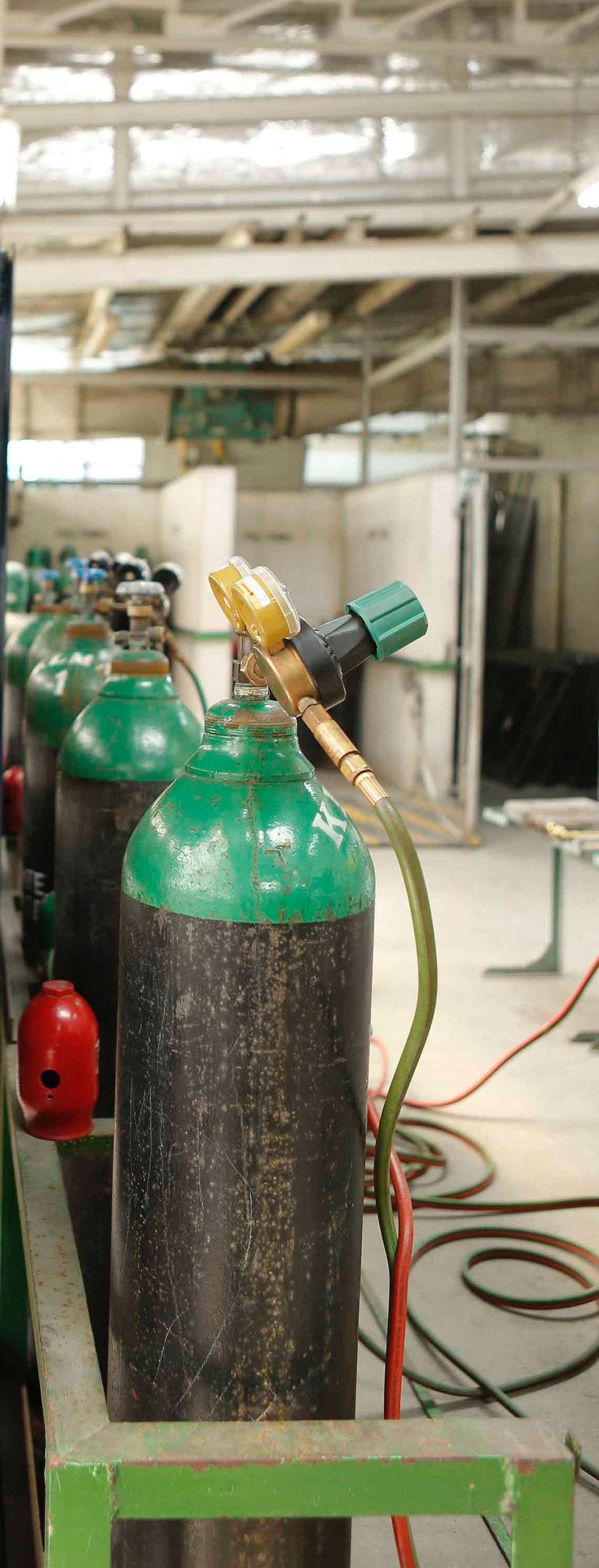Why Shield Gas is Important for Welding
Published on 21 December 2021

4 min
Welding is a very delicate process; only the people who have good practice in it can perform a perfect job in amalgamating two metal pieces together. Now the concept of shielding gas comes into the picture which plays an important part in the process.
Shielding gases can be semi inert or inert which helps in preventing the weld pool from getting contaminated from the atmospheric impurities such as oxygen, nitrogen, hydrogen, dust particles, etc.
These inert gases are colorless, odorless and non chemically reactive, the most common gases which are used for welding are Argon, Helium & Carbon dioxide. These particular gases provide unique benefits in a given application as well as there can be some drawbacks if it doesn’t match with the base metal and type of electrode.

Let’s look into the particular shielding gases uses:
Argon: It is the most suitable gas for the longer arc at lower voltages as well as for the easier start and alternating current application. For the welds which are emphasized upon weld quality, appearance & reducing post-weld clean-ups, a mixture of Argon up to 95% & 25% of CO2 becomes the good option.
This mixture provides a desirable combo of arc stability, reduced spatter than pure use of CO2 and puddle control. Argon produces a narrow penetration which is very helpful for fillet and butt welds. If the welder is welding non-ferrous metal such as aluminum, magnesium, or titanium then he/she needs to use 100% Argon.
Helium: It is effective for mechanized application but less forgiving for manual welding. Pure Helium produces an erratic arc which can result in spatter while working with steel. Helium produces a wide and deep penetration profile.
It works well with thick materials and is usually used in the ratio of up to 75% Helium to 25% Argon. Adjusting the ratio can change the penetration, bead profile and travel speed. This gas creates a hotter arc which allows for faster travel speeds and fast travel profile.
Carbon Dioxide: it is a very common reactive gas that is generally used in MIG welding. It is the only gas that can be used in its pure form without any addition of inert gases, it is also inexpensive gas that provides deep weld penetration which is useful for welding thick metals. Although it produces a less stable arc, more spatter and is limited to only the short circuit process.




